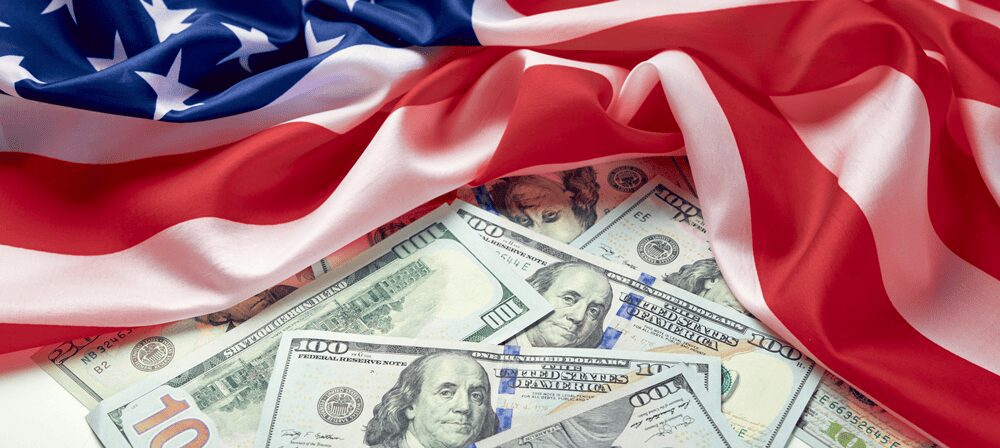
By Thomas J. Malicki
NOTE: This information may be modified by future regulations or guidance from the SBA. Businesses are advised to seek accounting and legal assistance prior to making any application for loan forgiveness under the Paycheck Protection Program.
The Small Business Administration (SBA) recently issued additional guidance and a modified long form loan forgiveness application in response to revisions made to the Paycheck Protection Program by the enactment of the Paycheck Protection Program Flexibility Act of 2020 (the “PPP Flexibility Act”). In addition to the modified long form of the loan forgiveness application, the SBA also published a scaled-down loan forgiveness application, which is being referred to as an “EZ Forgiveness Application.”
The following is intended as a brief overview of the loan forgiveness process and the changes to the Paycheck Protection Program made by the PPP Flexibility Act.
Changes Made by the PPP Flexibility Act:
• Extends the covered period from eight weeks after the initial loan disbursement to twenty-four weeks after the initial loan disbursement. Borrowers with PPP loans initiated prior to June 5, 2020, may elect to use an eight week covered period.
• Lowers the percentage of a borrower’s loan proceeds that must be used for payroll costs during the covered period from 75% to 60%, to be eligible for full loan forgiveness
• Extends the date to replace full-time equivalent employees and restore salaries or wages from June 30, 2020, to December 31, 2020, in order to qualify for full loan forgiveness.
• Provides a safe harbor from reductions in loan forgiveness based on reductions in full-time equivalent employees for borrowers that are unable to return to the same level of business activity due to compliance with health directives related to COVID-19.
• Provides a safe harbor from reductions in loan forgiveness based on reductions in full-time equivalent employees if such reductions are due to the inability of borrower (i) to rehire individuals who were employees of the borrower on February 15, 2020 or (ii) to hire similarly qualified employees for unfilled positions by December 31, 2020.
• Extends the maturity date for PPP loans that are approved by the SBA on or after June 5, 2020 from two years to five years. For PPP loans approved prior to June 5, 2020 a borrower must contact its lender to request an adjustment of the maturity date to five years.
• Extends the deferral period for payments of principal, interest, and fees on PPP loans to the date that the SBA remits the borrower’s loan forgiveness amount to the lender or, if the borrower does not apply for loan forgiveness, ten months after the end of the borrower’s covered period.
•Allows borrowers who receive a PPP loan to defer payment of the employer portion of social security payroll tax through December 31, 2020, and pay 50% of such deferred amount on December 31, 2021 and the remaining balance of such deferred amount on December 31, 2022.
Overview of PPP Loan Forgiveness:
How Do I Start the Process?
A borrower must complete a loan forgiveness application and submit the application and any required schedules to its lender. The lender then reviews the loan forgiveness application and has 60 days to determine the amount of loan forgiveness.
The following borrowers are eligible to file an EZ Forgiveness Application which requires fewer calculations and less documentation:
•A borrower who is self-employed and has no employees.
•A borrower who did not reduce the salaries or wages of its employees by more than 25% and did not reduce the number of employees or the hours worked by its employees.
•A borrower who experienced a reduction in business activity as a result of health directives related to COVID-19 and did not reduce the salaries or wages of its employees by more than 25%.
What Amount of the PPP Loan can be Forgiven?
Loan proceeds used to pay payroll costs, mortgage interest, rent, and utility payments during the covered period are eligible to be fully forgiven as long as at least 60% of the loan proceeds are spent on payroll costs. If less
than 60% of the loan proceeds are spent on payroll costs, then the amount of loan forgiveness will be reduced.
What are Payroll Costs?
Payroll costs for employees, who principally reside in the United States, consists of compensation paid to such employees in the form of salary, wages, commissions, or similar compensation; payment for vacation, parental, family, medical, or sick leave; allowance for separation or dismissal; employer contributions for employee benefits consisting of group health care coverage, including insurance premiums, and retirement plan contributions; and payment of state and local taxes assessed on compensation of employees. For each individual employee, the total amount of cash compensation eligible for forgiveness may not exceed an annual salary of $100,000, as prorated for the covered period (the maximum amount of compensation per individual employee is limited to $46,154 for a 24-week covered period and $15,385 for an 8-week covered period). Amounts paid by the employer for group healthcare coverage and retirement plan contributions are not subject to the limitation on compensation.
Payroll costs for owner-employees and self-employed individuals are limited to the following amounts:
• For a 24-week covered period, compensation is limited to the lesser of 2.5/12 of 2019 compensation (subject to certain adjustments) or $20,833.
• For an 8-week covered period, compensation is limited to the lesser of 8/52 of 2019 compensation (subject to certain adjustments) or $15,385.
Can Reductions in Employee Salary and Wages Reduce the Amount of Loan Forgiveness?
Yes. A reduction in an employee’s salary or wages in excess of 25% that is not restored prior to December 31, 2020 (June 30, 2020, for borrowers using an eight-week covered period) will generally result in a reduction in the loan forgiveness amount.
Can Reductions in the Number of Full-Time Equivalent Employees Reduce the Amount of Loan Forgiveness?
Yes. A reduction in the number of full-time equivalent employees that is not restored prior to December 31, 2020 (June 30, 2020, for borrowers using an 8-week covered period) will generally result in a reduction in the loan forgiveness amount.
Do All Reductions in Full-Time Equivalent Employees Reduce the Amount of Loan Forgiveness?
No. Full-time equivalent employee reductions in the instances set forth below do not reduce the amount of loan forgiveness:
• Any positions for which a borrower made a good faith written offer to rehire an employee during the covered period, which was rejected by the employee.
• Any positions for which a borrower was unable to hire similarly qualified employees for unfilled positions by the end of the covered period.
• Any employees who during the covered period (a) were fired for cause, (b) voluntarily resigned, or (c) voluntarily requested and received a reduction of their hours.
• Any reductions caused by compliance with health guidance or safety requirements issued by a governmental authority.
What are the Loan Repayment Terms if the Full Loan Amount is not Forgiven?
Any loan amounts not forgiven will need to be repaid under the following terms and conditions:
• Term of Loan: Two years for loans approved prior to June 5, 2020 (which may be extended to five years if requested by the borrower and approved by the lender). Five years for loans approved on or after June 5, 2020.
• Fixed Interest Rate: 1%
• Deferred Payments: If a loan forgiveness application is submitted by the borrower, then no principal or interest payments are due until the SBA remits the borrower’s loan forgiveness amount to the lender. If a loan forgiveness application is not submitted, then no principal or interest payments are due until 10 months after the end of the borrower’s covered period.
• Prepayment Penalty: No prepayment penalty.
For more information, please contact us at 402.392.1250 to speak with Tom Malicki or one of our other business attorneys.

